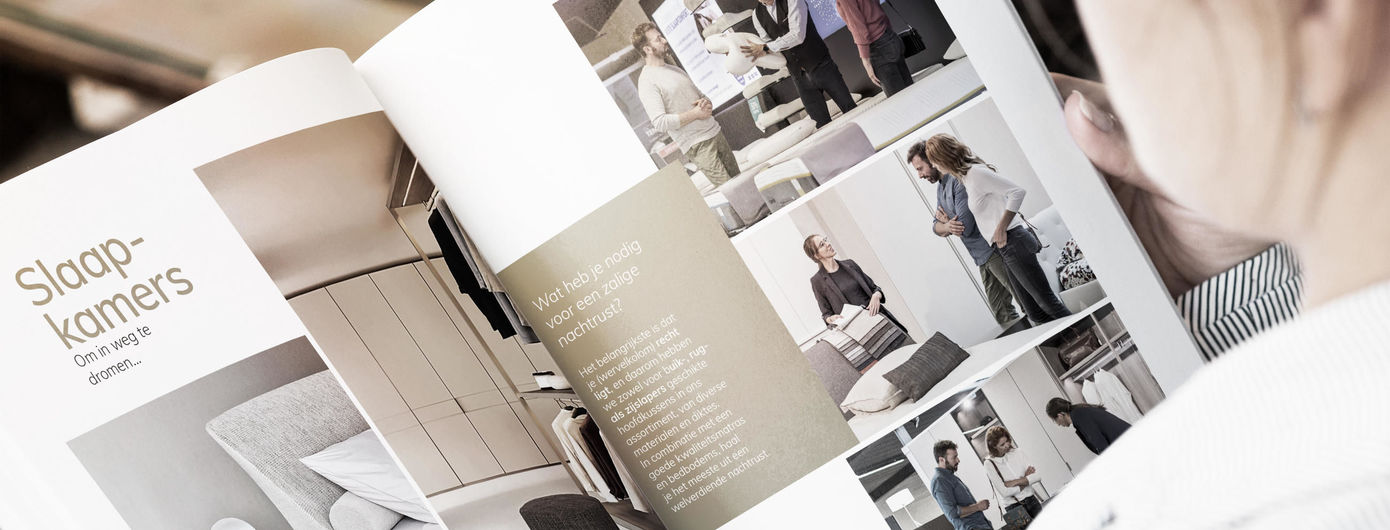Artwork specifications

Artwork specifications
We can help you create your PDF files to meet our artwork specifications.
By following our instructions, you will avoid unnecessary problems and obtain the best printing results
Specifications for sending digital data
Standards for creating your PDF.
We accept composite Certified PDF/X Plus V3 only, created following the Medibelplus version 6 standard (www.medibelplus.be).
This means that PDF 1.4, 1.5 or 1.6 , specific transparancies, JBIG compression, JPEG 2000 compressio, images with 16 bits per chanel and layers will not be accepted.
Settings for your transparancies
You will find the correct flatting instructions on www.medibelplus.be
- A single PDF file for each page.
- Each page centred with 5mm bleed and registration marks at 5mm. Net size + 20 mm. e.g. A4 210 x 297 becomes 230 x 317.
- Text and logos to be at least 5 mm from the net-size edges.
- Since we provide 5 to 6 mm edge gluing on the spine of glued books, text and logos on page 2 cover, page 1 inside, last inside pages and page 3 cover must be at least 10 mm from the net-size edge on the spine.
- Where an image flows from cover 2 to the first inside page, you must take into account that you will lose 6 mm each time due to edge gluing, both on the rear of the cover page and on the back of the inside page. This also applies to the last inside page and cover 3.
- Image formats such as TIFF/IT, All-in CT or Scitex files are not accepted.
- Images used must be embedded in the PDF as high resolution (300 dpi) TIFF or EPS CMYK, i.e.not LAB. Responsibility lies with the creator of the PDF files.
- All data must be CMYK; spot colours will be automatically converted to CMYK, unless extra Pantone colours need to be printed as mentionned in our offer or orderconfirmation. ICC standard for converting images from RGB to CMYK: ISOcoated or ISOwebcoated depending on type of paper (more information about colour profiles can be found at www.eci.org).
- All fonts must be embedded in the PDF, or converted to vectors (character outlines).
Total area coverage for colour layers
Total area coverage is maximum at 240%.
Deep black as total coverage, preferably made up from 100% black, 40% cyan, 30% magenta and 20% yellow.
Total area coverage for images
300% for web offset, 320% for sheet-fed offset.
Cutout for black. To avoid cutouts being converted to overprinting: 100% black + 0.5% yellow.
Minimum line widths and fonts
- Single colour line 0.10 mm
- Multi-colour line: 0.20 mm
- Positive text: single colour 6pt / multi-colour 9pt
- Negative text: sans serif 6pt bold / serif 12pt bold
- Trapping: 0.05 mm (0.144 pt).
Overprint settings in QuarkXPress and Adobe InDesign
- Only use overprint if you really want the overprint effect. (p.ex when language changes in only black are being used)
- Check the PDF before it goes to the printer, using the Overprint Preview and the SeparationPreview in Adobe Acrobat 8 or the Overprint Preview in Acrobat Reader.
- Make sure your colour proof or check print overprint looks the same as the Certified PDF with the Overprint Preview 'on'. Check this once more in our webapproval presentation
Responsibility for correct use of overprint settings and controlling these rests with whoever creates the InDesign or Quark Xpress document. The printing company is responsible for ensuring that the overprint settings as embedded in the PDF are followed in the printing output.
PDF filenames
Please note: Webapproval sorts PDFs being sent into alphabetical/numerical order. PDFs must be named correctly (see example).
- Characters permitted: A-Z, a-z, 0-9 and underscore.
- Spaces are not permitted.
- Use underscores as separators
- Maximum 20 character filename length.
- The naming convention for PDFs is as follows:
- “name” is your title
- “page number” comprises 3 digits (001-002-003 etc...)
- “version” refers to the first version supplied or subsequently corrected versions (v1 or v2, etc...)
- name_page_number_version.pdf”
- Example: When corrected, use the naming as in Webapproval with V2 before .pdf
- “name_pagenumber_V2.pdf”
- “name” is your title
-
For perfect bound brochures, covers must be supplied as a spread. That means : “Cover 4 + spine thickness + Cover 1” must be submitted recto as one document. “Cover 2 + blank spine thickness + Cover 3” must be submitted verso as one document. + all other PDFs of inside pages as separate pages following the naming convention.
-
For stapled brochures, Moderna Printing will only apply "creeping" if your layout includes no images that are in a spread presentation over two pages.
If there are images in spread, the editor must take into account that pages get narrower towards the middle of the brochure. The narrowing is progressive from 0 mm on the cover pages to the “width of the spine thickness”, in the middle of the brochure
Alternating text
- Alternating pages are supplied complete, as for a single version.
Colour profiles
- Digital delivery of files for four-colour printing requires an acceptable proof.
- Proofs from the following digital colour proofing systems are considered acceptable: Iris proofer, Digital Cromalin, Kodak approval, Epson Proofer
- We only accept colour proofs of the PDF file supplied.
- Please include the name of the colour profile and a UGRA/FOGRA V2.0 MediaWedge CMYK control strip at the bottom, as well as the date on which the proof was produced.
Moderna only uses colour proofs meeting ISO-12647-2 colour standards.